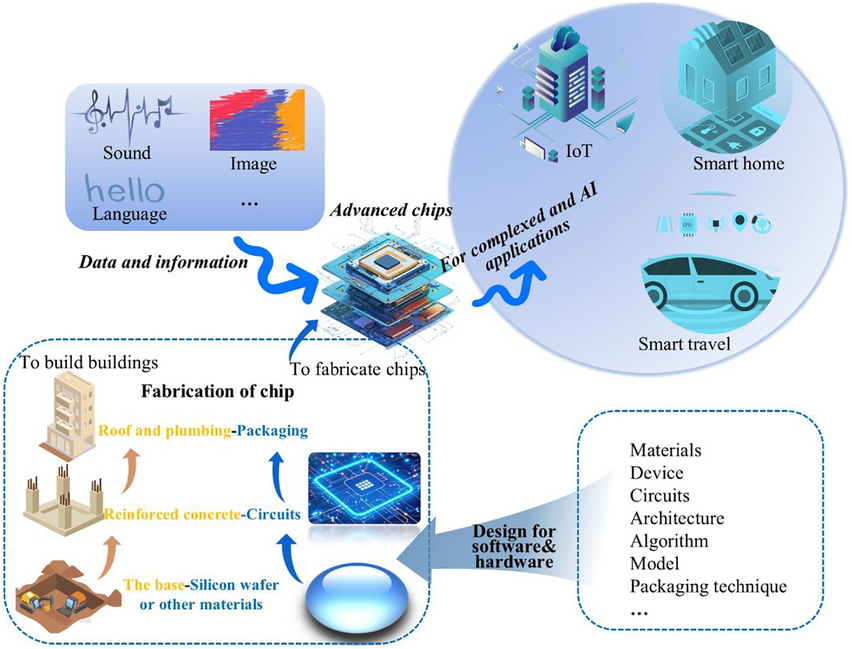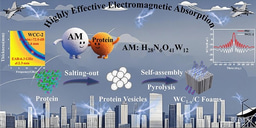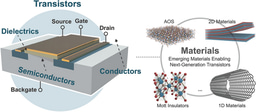Advanced Design for High‑Performance and AI Chips
Published in Electrical & Electronic Engineering, Materials, and Computational Sciences

As artificial intelligence models grow to billions of parameters, traditional computing architectures face mounting challenges in energy efficiency, processing speed, and hardware scalability. Now, researchers from The Hong Kong Polytechnic University and The Education University of Hong Kong, led by Professor Bingang Xu and Professor Hong Fu, have published a comprehensive review on the advanced design of high-performance and AI chips. This work offers critical insights into next-generation chip technologies that can meet the demands of modern AI applications.
Why Advanced AI Chips Matter
- Energy Efficiency: Advanced chip designs significantly reduce power consumption, addressing the “energy wall” in AI computation.
- Multimodal Processing: These chips enable efficient handling of diverse data types—images, audio, text—through reconfigurable and heterogeneous architectures.
- Brain-Inspired Computing: By mimicking neural structures, neuromorphic chips offer low-latency, event-driven computation ideal for edge AI and real-time tasks.
Innovative Design and Features
- Chip Types: The review covers a wide range of AI chips, including analog-AI accelerators, photonic processors, neuromorphic systems, and quantum chips, each optimized for specific AI workloads.
- Functional Materials: Emphasis is placed on emerging materials such as phase-change memory (PCM), resistive RAM (RRAM), and 2D semiconductors that enable high-density, low-power computation.
- Integration Techniques: Advanced packaging and 3D integration methods, such as monolithic 3D (M3D) and van der Waals lamination, are introduced to overcome scaling limits and improve system performance.
Applications and Future Outlook
- In-Memory Computing: By merging memory and computation, these chips eliminate the von Neumann bottleneck, enabling faster and more energy-efficient AI inference and training.
- Edge AI: Neuromorphic and asynchronous chips are tailored for smart sensors, IoT, and autonomous systems, offering ultra-low power and real-time responsiveness.
- Photonic and Quantum Acceleration: Photonic chips deliver ultra-high-speed processing using light, while quantum chips promise exponential speedups for specific AI tasks.
- Challenges and Opportunities: The review highlights key challenges such as material stability, hardware-algorithm co-design, and system-level integration. Future research will focus on scalable fabrication, dynamic reconfigurability, and sustainable materials.
This comprehensive review provides a strategic roadmap for the development of advanced AI chips. It underscores the importance of interdisciplinary collaboration across materials science, electronics, and computer science to drive innovation in AI hardware. Stay tuned for more groundbreaking work from Professor Bingang Xu and Professor Hong Fu!
Follow the Topic
-
Nano-Micro Letters

Nano-Micro Letters is a peer-reviewed, international, interdisciplinary and open-access journal that focus on science, experiments, engineering, technologies and applications of nano- or microscale structure and system in physics, chemistry, biology, material science, and pharmacy.






Please sign in or register for FREE
If you are a registered user on Research Communities by Springer Nature, please sign in